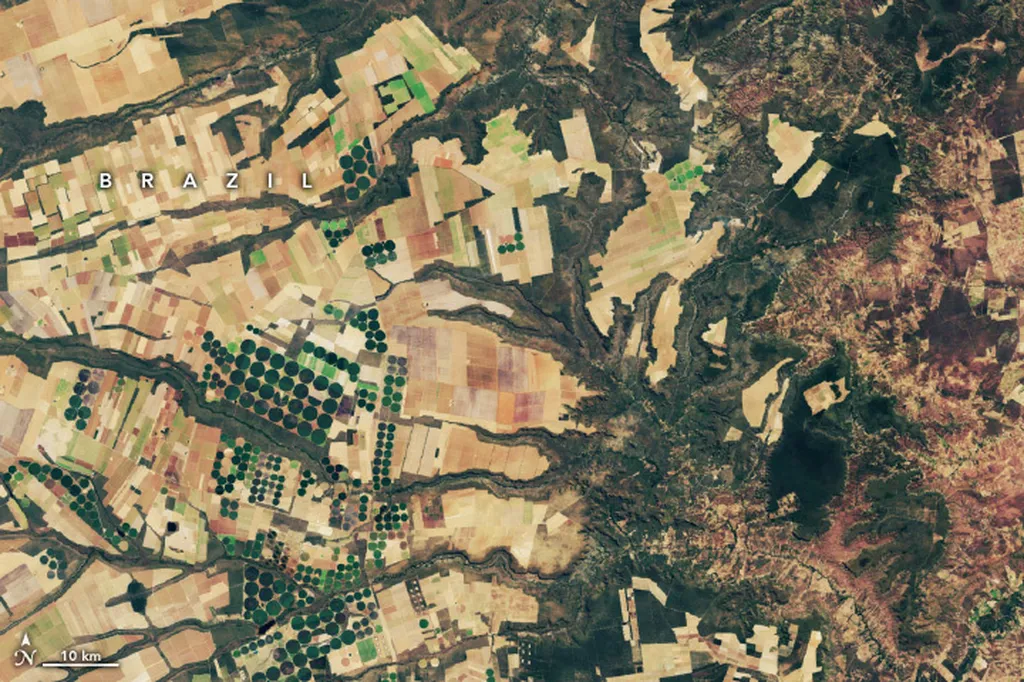In the vast, windswept fields of Bayantsogt, Mongolia, a silent revolution is taking place, one that could reshape the way farmers monitor and manage their crops. Researchers, led by Mandukhai Turuu from the School of Engineering and Technology at the Mongolian University of Life Sciences, have been harnessing the power of unmanned aerial vehicles (UAVs) to gain unprecedented insights into wheat growth stages. Their findings, published in the Proceedings of the Mongolian Academy of Sciences, offer a promising glimpse into the future of precision agriculture.
The team equipped UAVs with multispectral cameras to capture detailed aerial imagery of wheat fields at various spatial resolutions, corresponding to flight altitudes ranging from 30 meters to 250 meters. By calculating six different vegetation indices—NDVI, GNDVI, LCI, NDRE, NDWI, and OSAVI—they were able to evaluate the relationships between these indices and wheat biometric parameters. The results were striking. “We found that the optimal flight altitude for estimating wheat growth characteristics was 120 meters, providing a high correlation at a resolution of 5.44 cm,” Turuu explained. “This resolution offered the best balance between detail and coverage, allowing us to monitor crop health with remarkable accuracy.”
The implications for the agriculture sector are profound. Traditional methods of crop monitoring often involve labor-intensive fieldwork and can be prone to human error. UAV-based multispectral imaging, on the other hand, offers a rapid, non-invasive, and highly accurate alternative. By providing real-time data on crop health, this technology can enable farmers to make informed decisions about irrigation, fertilization, and pest control, ultimately leading to increased yields and reduced costs.
The study also highlighted the importance of spatial resolution in crop monitoring. Imagery captured at 250 meters, for instance, demonstrated a relatively lower correlation with wheat growth characteristics. This finding underscores the need for careful consideration of flight altitude and resolution when deploying UAVs for agricultural applications.
As the world grapples with the challenges of climate change and a growing global population, the need for sustainable and efficient agricultural practices has never been greater. The research conducted by Turuu and her team offers a promising solution, one that could help farmers around the world to optimize their operations and meet the demands of an increasingly food-secure future.
The study not only highlights the potential of UAV-based multispectral imaging for efficient crop monitoring but also suggests an optimal operational altitude for precision agriculture applications. As the technology continues to evolve, it is likely that we will see even more innovative applications of UAVs in the agriculture sector, from autonomous harvesting to advanced pest control. The future of farming is taking flight, and it is looking brighter than ever.

